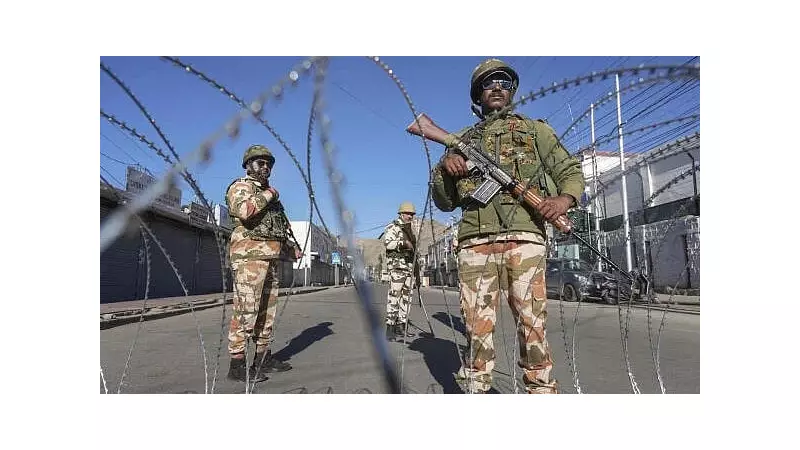
In a crucial development for regional stability, India and China have reached a mutual understanding to preserve peace and tranquility along the Line of Actual Control (LAC). This agreement emerged from the 29th meeting of the Working Mechanism for Consultation and Coordination (WMCC) on India-China Border Affairs, held recently.
The high-level diplomatic engagement saw both nations engaging in comprehensive discussions about the current situation along the LAC in the Western Sector of India-China border areas. The talks were characterized by a constructive approach from both sides, signaling a potential thaw in border tensions.
Key Outcomes from the Bilateral Meeting
The participating delegations achieved several important milestones:
- Agreement to maintain regular communication through both diplomatic and military channels
- Commitment to peace and tranquility in the border areas
- Consensus on achieving complete disengagement in remaining areas
- Resolution to restore peace along the LAC at the earliest opportunity
Broader Implications for Regional Security
This diplomatic breakthrough comes at a critical juncture in India-China relations. The two Asian giants have been working to resolve border issues through peaceful dialogue and consultation. The positive momentum generated by these talks could pave the way for more substantial progress in bilateral relations.
The joint commitment to restore normalcy in border areas reflects a shared understanding of the importance of stability in the region. Both nations recognized the necessity of building on the existing agreements and protocols that have governed their border management for decades.
Future Prospects and Next Steps
The successful WMCC meeting sets the stage for the next round of Senior Commanders' meetings, where more detailed discussions about border management are expected to take place. The constructive dialogue indicates that both countries are keen to find mutually acceptable solutions to complex border issues.
This development marks a significant step forward in managing one of Asia's most sensitive border regions, potentially opening new avenues for cooperation between the world's two most populous nations.





